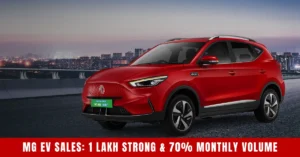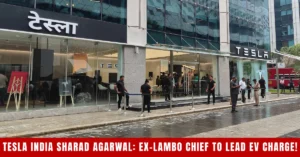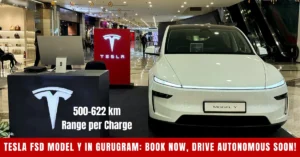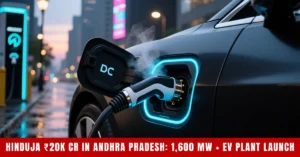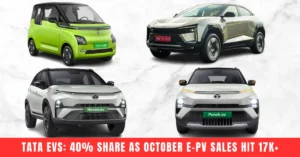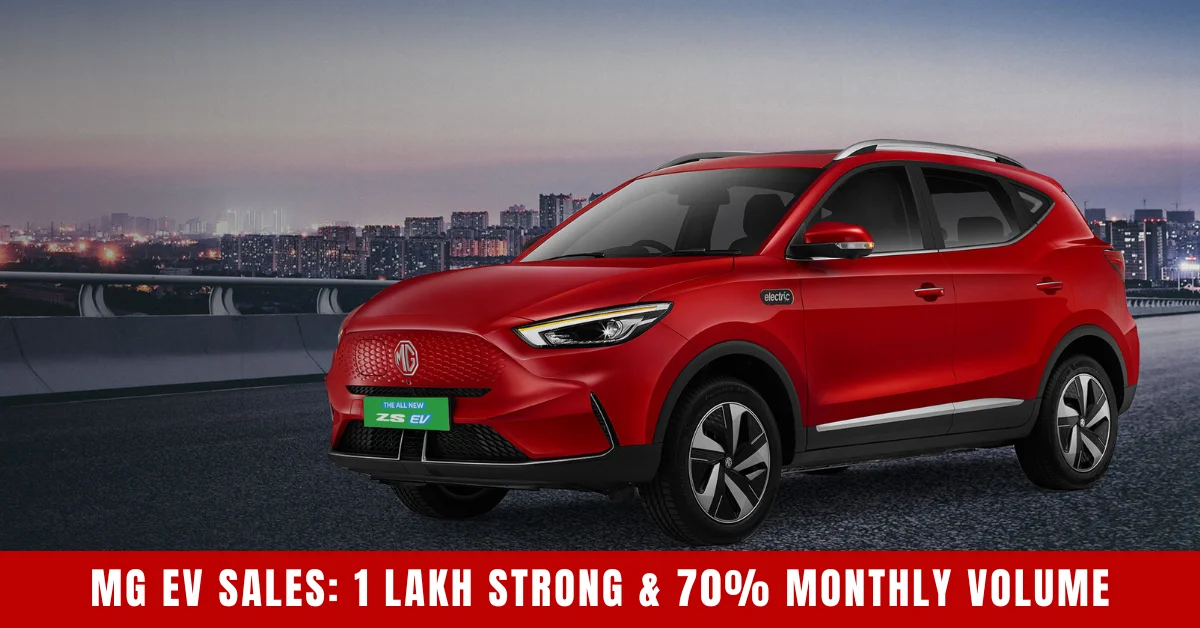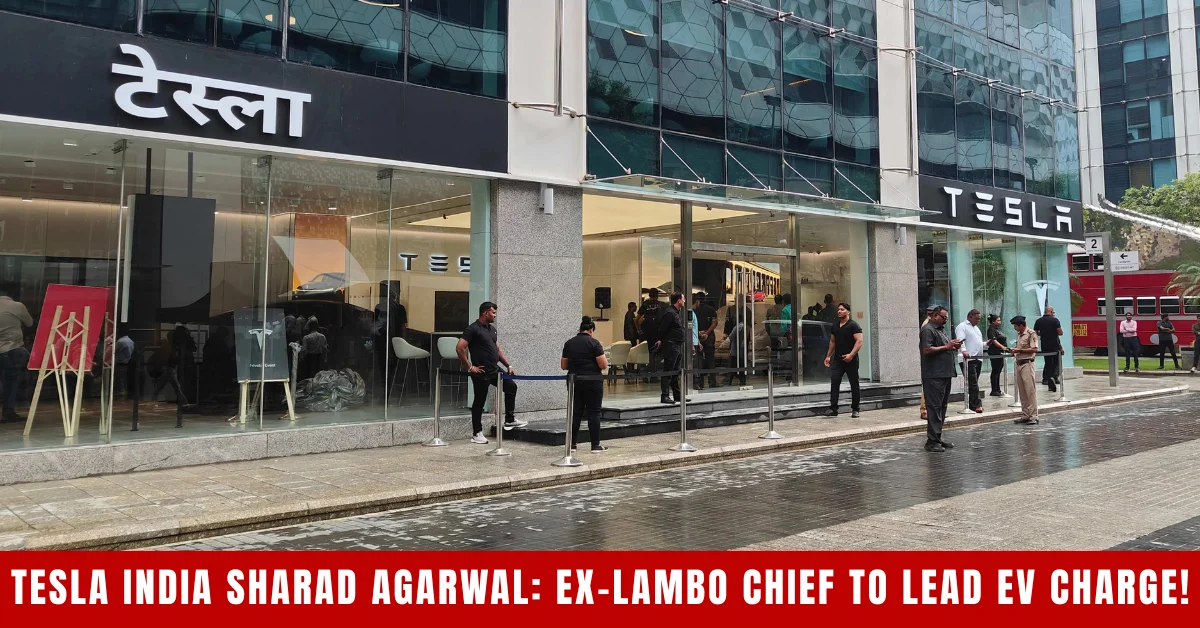
Overview
- Regional Sourcing Strategy: Honda will source battery cells for its first India-specific BEV, the 0 Series Alpha launching in 2027, from CATL’s Indonesia facility to minimize direct China imports and mitigate supply chain risks.
- Geopolitical Risk Mitigation: Amid India-China tensions and recent rare earth magnet shortages, automakers like Honda are turning to Southeast Asian hubs like Indonesia for critical EV components, ensuring stable supplies.
- Global Procurement Approach: Honda’s region-specific battery strategy includes joint ventures like L-H Battery with LG in North America, direct CATL sourcing in China, and local procurement in Japan for optimized logistics.
- Aggressive India Expansion: Honda plans 10 new models by 2030, emphasizing hybrids alongside BEVs, expanding from its current single hybrid offering to deliver diverse powertrains for Indian consumers.
- Domestic Challenges: India’s EV battery localization efforts via incentives face hurdles due to limited cell manufacturing capacity, prompting reliance on regional alternatives like Indonesia, Thailand, and South Korea.
- Supply Chain Vulnerabilities: Maruti Suzuki and others highlight the lack of domestic cell production as a major bottleneck, increasing risks of production delays for electric two-wheelers and cars.
- Sustainability Focus: Honda’s strategy aligns with global electrification goals, balancing BEVs, hybrids, and ICE engines to meet India’s growing demand for efficient, attractive vehicles.
Honda Electric Cars in India: CATL Batteries from Indonesia Power 0 Series Alpha Launch in 2027
Tokyo, October 31, 2025 – Honda Motor Company has revealed a strategic pivot in its electric vehicle rollout for India, announcing that its inaugural battery electric vehicle (BEV) for the market—the 0 Series Alpha—set for a 2027 debut, will incorporate battery cells supplied by Chinese giant Contemporary Amperex Technology Co. Limited (CATL) from its Indonesian manufacturing facility. This move underscores Honda’s commitment to a regionally optimized sourcing model, reducing direct dependence on China amid escalating geopolitical tensions and supply chain disruptions that have plagued India’s burgeoning EV sector.
The announcement, made by Honda President and CEO Toshihiro Mibe during a press briefing at the Japan Mobility Show on October 30, highlights the automaker’s proactive approach to securing reliable battery supplies. “The battery for the Zero Series Alpha, even though we use the technology of CATL, the cells that are produced in Indonesia, will be brought over to India. So, you could say those batteries are from Indonesia,” Mibe clarified. This Indonesia-sourced integration not only leverages CATL’s advanced lithium-ion expertise but also circumvents potential import bottlenecks, ensuring smoother logistics for Honda’s ambitious India expansion.
India’s electric vehicle ecosystem, while rapidly expanding, grapples with heavy reliance on Chinese components—particularly battery cells and rare earth magnets—exposing manufacturers to vulnerabilities like the April 2025 export suspensions from Beijing. Recent shortages have hampered production for major players, including Bajaj Auto, TVS Motor, and Ather Energy, with executives lamenting missed festive sales opportunities. Honda’s strategy arrives at a critical juncture, as the Indian government ramps up localization incentives under schemes like FAME-III, yet struggles with nascent domestic cell manufacturing. Maruti Suzuki, India‘s largest carmaker, recently flagged this gap as its “biggest challenge,” prompting a broader industry shift toward regional alternatives in Indonesia, Thailand, and South Korea.
Honda’s Global Battery Sourcing: Tailored for Regional Efficiency
Honda’s battery procurement philosophy emphasizes localization and partnerships to optimize costs, reduce transportation emissions, and enhance supply resilience—key tenets in an era of volatile global trade. For the North American market, Honda has established the L-H Battery Company joint venture with LG Energy Solution, with a state-of-the-art plant under construction in Ohio to supply BEVs like the Prologue SUV. In China, vehicles draw directly from CATL’s extensive domestic facilities, capitalizing on proximity and scale. Japanese-market EVs, meanwhile, will utilize batteries procured and assembled locally to minimize long-haul shipping of bulky cells.
This region-by-region framework, as articulated by Mibe, reflects the practical realities of battery logistics: “We will procure the batteries in the optimum way for each of the regions.” For India and Southeast Asia, Indonesia emerges as a strategic hub, bolstered by its vast nickel reserves—essential for lithium-ion cathodes—and supportive policies attracting investments from CATL, LG, and others. Honda’s choice positions the 0 Series Alpha, a compact yet feature-rich BEV tailored for urban Indian drivers, to benefit from competitive pricing and faster delivery timelines, potentially undercutting rivals still navigating direct China imports.
India’s EV Supply Chain: Navigating Localization Hurdles and Regional Shifts
The Indian EV landscape is at an inflection point, with government mandates requiring 30% EV penetration by 2030, yet domestic cell production remains embryonic. Initiatives like the Production Linked Incentive (PLI) scheme aim to foster local gigafactories, but scaling challenges—high capital costs, technology transfers, and raw material access—have delayed meaningful output. As a result, over 80% of India’s EV batteries are imported, predominantly from China, exacerbating risks amid U.S.-China trade frictions that indirectly ripple to India.
Automakers are responding with diversified sourcing: Indonesia’s battery ecosystem, fueled by $15 billion in investments since 2020, offers a compelling alternative with lower tariffs under ASEAN agreements. Thailand’s burgeoning hub status and South Korea’s mature supply chain further diversify options. For two-wheeler giants like Bajaj and TVS, recent rare earth magnet scarcities—critical for motors and sensors—have underscored the urgency, leading to production halts and deferred launches. Honda’s Indonesia play not only safeguards its 2027 timeline but also signals a blueprint for peers, potentially accelerating regional trade pacts like the India-ASEAN EV battery corridor.
Honda’s Ambitious India Offensive: 10 New Models by 2030, Hybrids in Spotlight
Parallel to its BEV strategy, Honda is gearing up for a product blitz in India, committing to 10 new models by the decade’s end—including seven SUVs—to reclaim market share in a segment now dominated by Maruti Suzuki and Hyundai. The 0 Series Alpha will spearhead the electric charge, promising Honda’s signature reliability with a focus on affordability and range suited to India’s diverse terrains.
Yet, Mibe emphasized a multi-pronged powertrain approach: “We plan to put more effort into hybrid as well. We will be expanding the hybrid product range for the Indian market… Therefore, across all the different types of internal combustion engines, like gasoline engines, hybrids, and battery EVs, we want to deliver attractive products to our customers in India.”
Currently, Honda’s India portfolio comprises three models, with hybrids limited to the City e:HEV sedan. Upcoming launches will introduce strong-hybrid SUVs and potentially plug-in variants, capitalizing on India’s favorable hybrid policies and consumer preference for fuel-efficient options amid volatile petrol prices. This balanced portfolio—spanning ICE, hybrids, and BEVs—mirrors Honda’s global “Triple Pathway” electrification strategy, aiming for carbon neutrality by 2050 while addressing India’s transitional market dynamics.
Implications for India’s EV Ecosystem: Stability, Innovation, and Growth
Honda’s Indonesia-sourced CATL batteries for electric cars in India could catalyze broader industry shifts, encouraging competitors to forge similar ASEAN partnerships and bolstering bilateral ties. For consumers, it translates to more reliable EV availability, potentially stabilizing prices as localization ramps up. Environmentally, shorter supply chains reduce the carbon footprint of imports, aligning with India’s green mobility goals.
As the Japan Mobility Show wraps up on November 3, Honda’s revelations position it as a forward-thinker in India’s $100 billion automotive sector. With Tamil Nadu and Gujarat emerging as EV hubs—home to new gigafactories from Tata and Reliance—the stage is set for accelerated adoption. For now, the 0 Series Alpha’s 2027 arrival, powered by Indonesian ingenuity, promises to electrify Indian roads, one regionally sourced cell at a time.
Source: autocarpro.in
Read more about EV Car News
Also Read
- MG EV Sales Cross 1 Lakh Milestone in India: 35% Market Share & 70% Monthly Volume!
- Tesla India Sharad Agarwal: Ex-Lamborghini Head Appointed Country Chief to Revive EV Sales
- Tesla Driverless Model Y in Gurugram: FSD Display at Ambience Mall—Book Now, Deliver in 30 Days!
- BYD EV Cash Burn 2025: $10 Billion Outflow Despite $100 Billion Revenue – What’s Going Wrong?
- Hinduja Group Andhra Investment: Hinduja Group to Invest ₹20,000 Cr for 1,600 MW Power Boost, EV Plant & Charging Network!
- Tata Motors EV Sales October 2025: 40% Market Grip Amid 56% Surge – Kia Zooms to No. 4!
